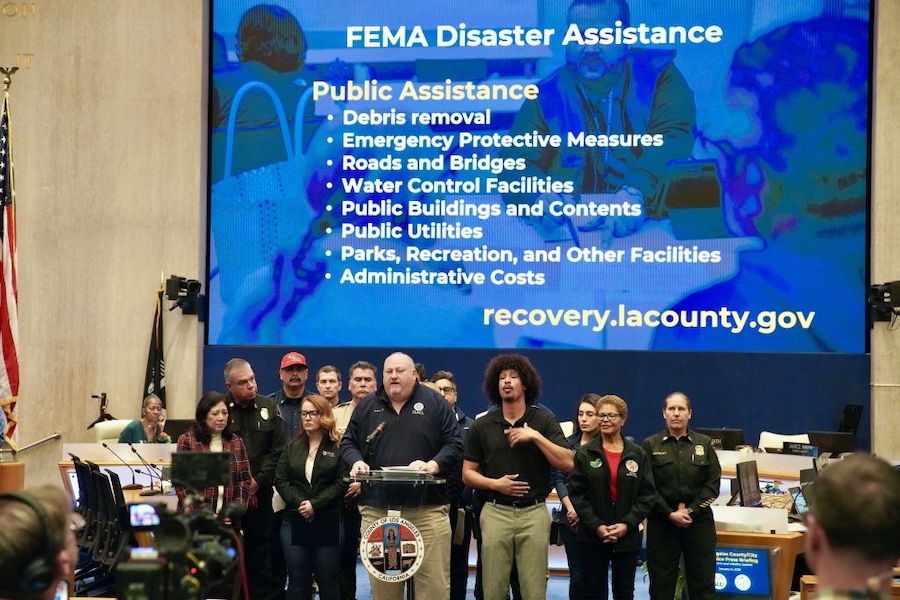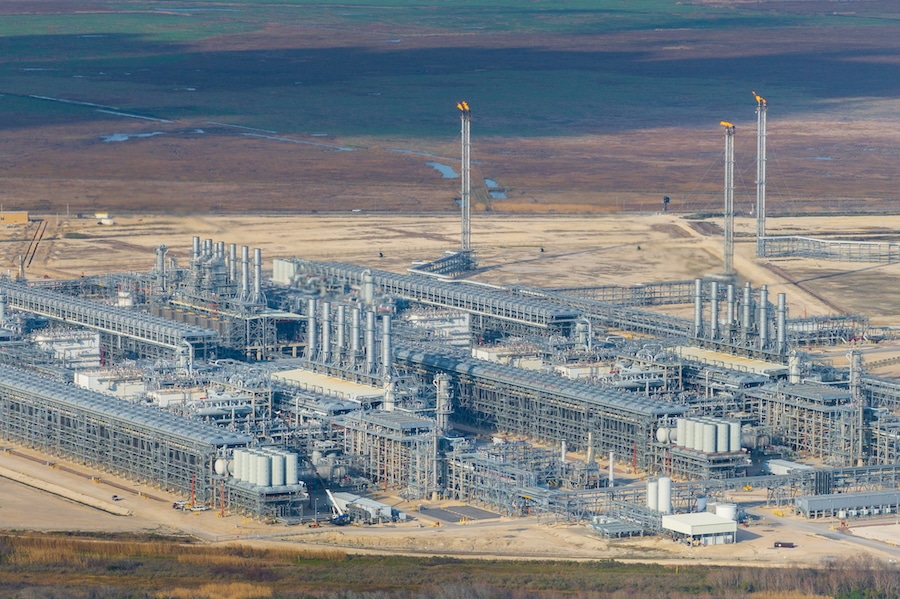
by Komoneed | Jun 16, 2025
Nuclear energy could meet up to 10 percent of data center electricity demand by 2035, a Deloitte analysis predicts.
The post 7 companies helping Amazon, Google, Meta and Microsoft go nuclear appeared first on Trellis.

by Komoneed | Jun 16, 2025
President Donald Trump on Tuesday announced he is planning to eliminate the Federal Emergency Management Agency (FEMA) “as it exists today” after the 2025 hurricane season. Trump said he wants to make disaster response and recovery the responsibility of states rather than the federal government. “We want to wean off of FEMA, and we want […]
The post Trump Plans to ‘Wean off of FEMA’ After Hurricane Season, Saying States Can ‘Handle It’ appeared first on EcoWatch.

by Komoneed | Jun 15, 2025
In a new study, scientists have detected high levels of mercury contamination in alligators from the Okefenokee Swamp in southeastern Georgia. The contamination in the alligators could be an indicator of more widespread heavy metal contamination in the region, which could be harmful to other wildlife, and ultimately humans. “Alligators are very ancient creatures, and […]
The post High Levels of Mercury Found in Alligators in Okefenokee Swamp, Georgia appeared first on EcoWatch.

by Komoneed | Jun 15, 2025
According to a recent analysis from the U.S. Energy Information Administration (EIA), the U.S. produced a record amount of energy last year, totaling 103 quadrillion British thermal units (BTUs). The amount of energy produced in 2024 surpassed the previous record set in 2023 by 1%. However, while U.S. energy production is up, including for solar […]
The post U.S. Produced Record Amount of Energy in 2024, EIA Reports appeared first on EcoWatch.

by Komoneed | Jun 15, 2025
Electric car prices are falling, as seen on the facelifted Citroen e-C4 and brand-new entry-level VW ID.3. But which is the better buy?





